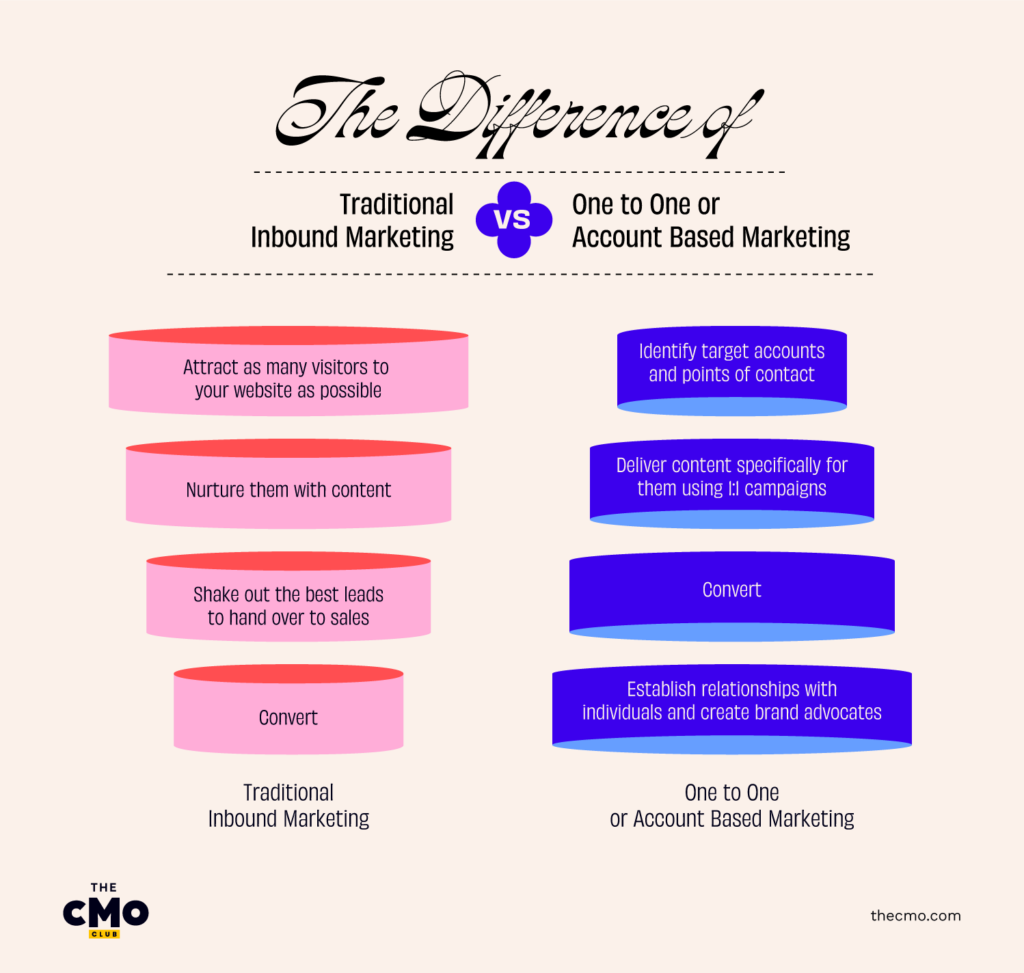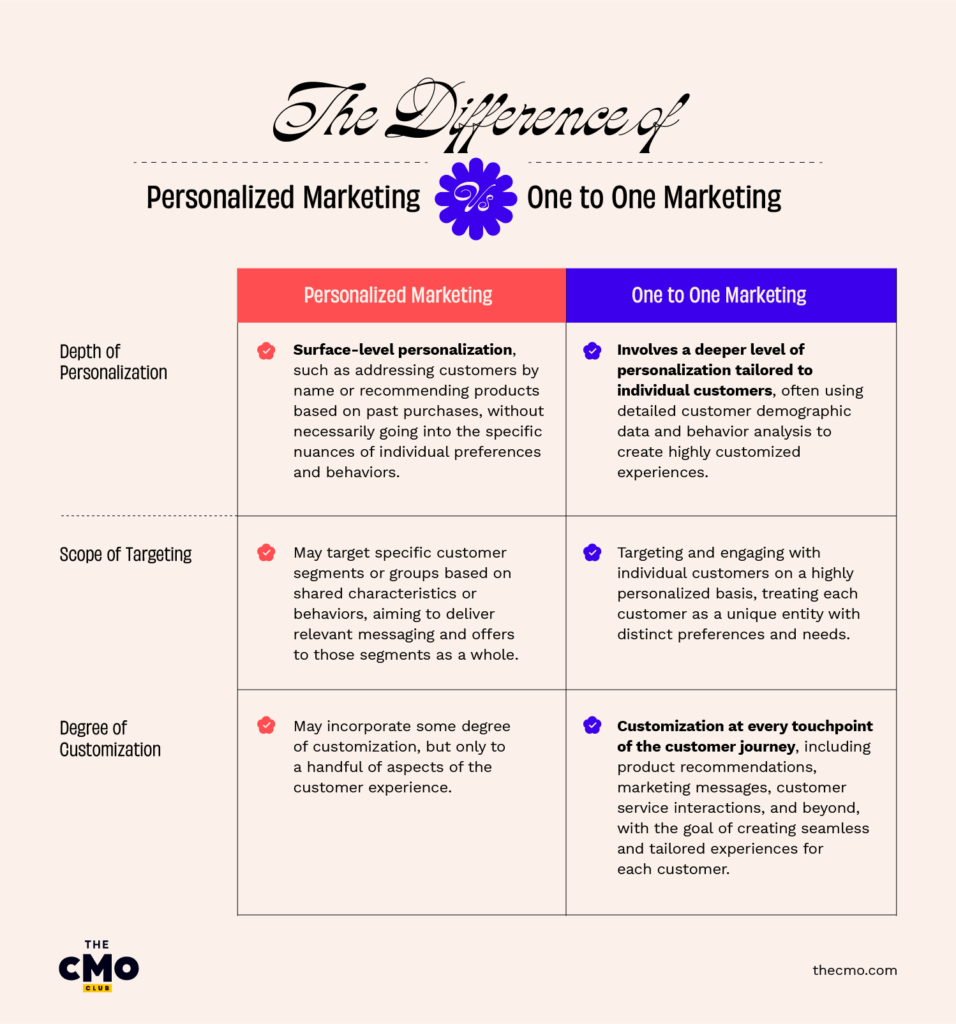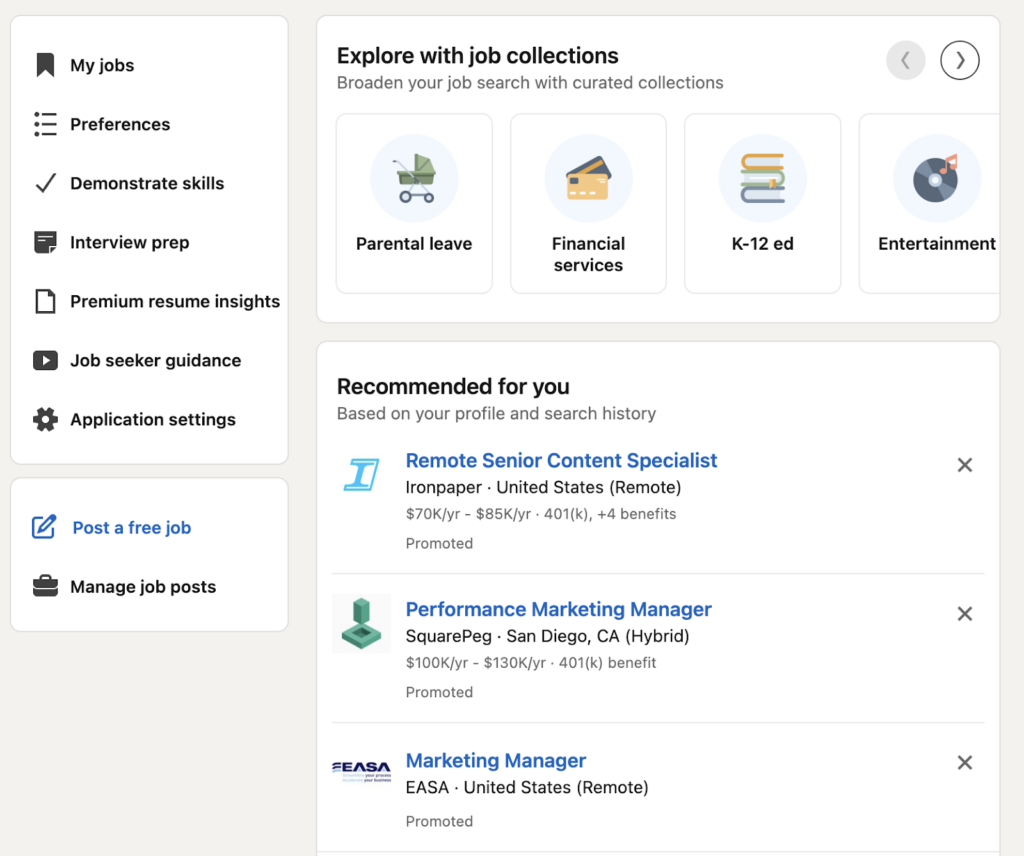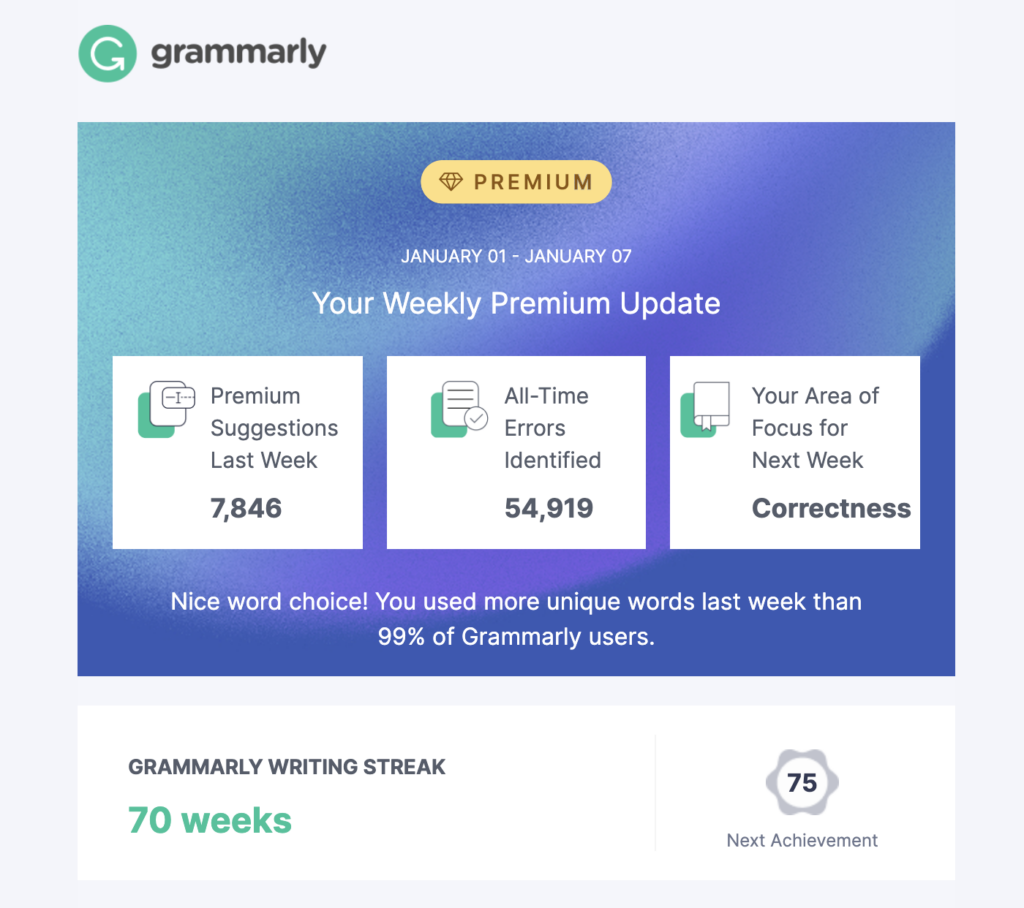Imagine a marketing approach where every communication is crafted specifically for an individual customer based on their preferences, behavior, and past interactions. What would that mean for your marketing conversion rates? For your bottom line?
While it might seem too good to be true, it’s not. That's the essence of one-to-one marketing (also known as relationship marketing). It goes beyond generic mass messaging to create meaningful, personalized experiences for each customer, from email campaigns to in-app messages to custom products.
In this article, I’ll share the core components of 1:1 marketing, its benefits, how to incorporate it into your strategy, and real-world examples for inspiration.
What Is One To One Marketing?
One to one marketing is a personalized marketing approach that involves tailoring products, services, and communications to meet the unique needs and preferences of customers, treating them as individuals. It uses detailed customer data, behavior analysis, and segmentation techniques to create highly customized experiences at every customer journey touchpoint.
The goal of one-to-one marketing is to forge deeper connections with customers, enhance satisfaction and loyalty, and drive long-term business growth through personalized interactions and offerings tailored to the unique characteristics of each customer.
ABM And One To One Marketing
If you’re familiar with account based marketing (ABM), one to one marketing is the most personalized and targeted form that it can take.
For the uninitiated, ABM involves using marketing automation tools or ABM software to create custom campaigns, content, and messaging tailored to individual high-value accounts to boost sales. One to one ABM requires a significant time investment with a huge allocation of effort and resources, but when executed correctly, the ROI of this program can make it all worth it.

Components Of One To One Marketing:
Segmentation
A classic marketing concept, segmentation involves dividing your customer base and potential customers into smaller, more manageable groups based on shared characteristics or behaviors.
For example, a marketing CRM software option like HubSpot might segment its customer database into sales, marketing, and C-suite executives. HubSpot could segment each of these even further with behavioral data such as whether or not someone has attended a product demo.
One to one marketing campaigns can get as granular as creating a “segment of one” delivering marketing material that appears to be crafted just for the individual using marketing automation to send programmatic content.
Personalization
Once you have your customer profiles created and segmented, you can send highly personalized messages to your customers based on their preferences and behavioral data.
For example, if someone has read your blog post about the importance of HR software and attended a webinar on the same topic, you could trigger an email that would send them a case study on the same topic.
In one to one ABM, marketers must create campaigns and web content unique to each account, directly addressing their unique needs and challenges and ensuring that the messaging is highly personal and delivered at the right time.
For example, if I am marketing car dealership software, and I want to target the largest car dealer in Los Angeles County, I might send the owner of that car dealership an email with a How-To Guide specifically tailored to him or her. It might mention how the software has already helped the largest car dealership in San Francisco to boost sales by 25%. It would speak directly to him or her, mentioning their name in the email subject line and body copy.
Customization
Great one to one marketing (as well as basic GDPR compliance) allows for the customer to pick the ways in which you interact with them. Fortunately, giving your customers a choice in how they hear from you builds trust.
In practical terms, this could look like enabling a double opt-in process for email marketing, where they can dictate how often they want to receive different types of emails from you.
One to one marketing often goes even further with customization, beyond the promotion level but down to the product or service level. Understand how you can tailor your offering uniquely to the individual customer to match what they’re looking for more closely. This might require some extra engineering or client services resources, but it can set you apart from competitors that aren’t investing in customized offerings.
One to one marketing vs. personalized marketing
As mentioned earlier, personalized marketing is a component of one to one marketing, however, one to one marketing takes the customer-centric approach to the utmost degree to increase customer lifetime value:

Benefits Of One To One Marketing
At this point, you might be thinking that one to one marketing sounds like a lot of work–and it is. However, according to Vedia.ai, one to one marketing can increase customer spending by up to 500%.
Why’s that? Because it’s guaranteed to help you cut through the noise. According to Siteefy, it's estimated that the average person sees around 10,000 ads per day. If you’re blasting out ads using the spray and pray technique, you will lose out to other ads that are actually relevant.
The good news is that three-quarters of marketers fail to collect customer data and use that data for online ad targeting, which means you could easily beat out 75% of other ads just by adding that personal touch.
The best part? Customers will help you do so. According to SmarterHQ, 90% of consumers are willing to share their behavioral data if they know that additional benefits will be provided that make the purchasing process easier.
Let’s take a look at the benefits of one to one marketing:
Reduced marketing costs
By targeting your marketing efforts more precisely, you can optimize spending and avoid wasting resources on irrelevant audiences. One to one marketing helps you get the right message to the right person at the right time, which is necessary for increasing return on ad spend (ROAS).
Stronger customer satisfaction
How often have you rolled your eyes after opening an email about a new product or service that was completely irrelevant to you? Frustrating, right?
You can avoid sending irrelevant messages by considering each customer’s unique needs and preferences. This makes them feel understood and valued, which leads to a greater level of satisfaction and higher levels of brand loyalty and advocacy.
More customer referrals
Speaking of customer satisfaction, the more satisfied customers, the more brand ambassadors you’ll create who spread positive word-of-mouth and bring in new customers through referrals.
Better customer loyalty
Building strong, personalized connections fosters loyalty and long-term relationships with your customers, reducing churn and increasing lifetime value.
Increased customer retention
Personalized experiences and tailored offerings make customers feel valued and like they belong, reducing the likelihood of them switching to competitors.
More cross-selling and up-selling
By analyzing a customer/ account's existing products and services, you can gain a better understanding of their holistic needs. You can then map out potential opportunities for upsells and cross-sells.
How To Implement One To One Marketing
1. Identify your customer profiles
Analyze your customer data to identify distinct customer segments based on demographics, behavior, or preferences. You must have a customer relationship management system (CMS) or email marketing software to store these profiles.
2. Differentiate them with customer data
Dive deep into your customer data to understand individual preferences, purchase history, browsing behavior, and engagement patterns. Depending on the customer relationship management system that you use, you should be able to add tags to each profile for different variables or create lists of customers for each characteristic you want to track.
3. Interact with your customers
Leverage various touchpoints, such as email, social media, and in-person customer interactions like tradeshows to engage and gather valuable feedback. Store this customer needs data in their CRM profiles, either in a notes section or within a form field you can custom create.
For example, if you’re Mailchimp and you want to attract customers from your competitors like Convertkit and ActiveCampaign, you might want to ask prospects what software they currently use and store that information in their customer profiles using the custom field, “current email software” with options for each of your competitors.
You can then use this information to send a targeted email that points them to a custom landing page about why Mailchimp is better than the alternative.
4. Customize your business
Last but not least, with all of the data that you have on your customers, you can determine ways to tailor your products, services, marketing messages, and customer experiences to meet each customer segment's unique needs and preferences.
For example, if you meet a prospective customer who wants to use your product but requires a white-label option, you can customize it to meet that need. After launching a white-labeled version for that one customer, you can start to offer the same service to others who have the same requirements.
Real-world One To One Marketing Strategies
Okay, let’s look at three examples of one to one marketing in the wild.
Hyper-targeted traditional marketing
Now that we live so much of our lives online and buy and sell online, if you bring an element of traditional marketing to your one to one marketing approach, you could stand out immensely.

In this example, the UX/UI company, Intridea, applies one to one marketing within its account based marketing approach to sell a target account, the brand agency Ogilvy, by hiring a billboard to get a message out to them. The billboard was visible from the Ogilvy offices.
How many times do you think Intridea would have had to run ads on, for example, LinkedIn, or Google Search to get Ogilvy’s attention? The results from this billboard were likely to have been more immediate and effective, and not to mention, much more unique and memorable.
Suggested content based on the individual customer’s needs
A master of personalization, the social media platform LinkedIn customizes what users see when they click on the Jobs tab. In the screenshot below, you can see how LinkedIn’s jobs recommendation algorithm used my previous job search history to suggest new roles it thinks I’d be interested in.

Highly personalized emails using first-party data
Every week, the popular AI writing assistant, Grammarly, sends me a report with interesting stats about the quality and quantity of my writing, based on their from their own data collection.
Because the email is showcasing my own customer data and metrics, I feel like Grammarly is building a one on one relationship with me directly, nudging me to keep using its tool to improve my writing while also rewarding me.

Embrace The Power Of One To One Marketing For Customer Connection
One to one marketing is not just a trend; it lies at the heart of all cutting-edge marketing plans, whether you’re a B2B SaaS company, Amazon, or a mom-and-pop e-commerce store. It’s pivotal to unlocking superior customer experiences that bring them coming back for more.
By embracing the principles of segmentation, personalization, and customization, you can forge a deeper connection with your customers, driving satisfaction, loyalty, and, ultimately, growth.
Are you ready to level-up your game, taking customer preferences into account to improve your marketing? Be sure to subscribe The CMO’s newsletter for insights delivered straight to your inbox.


